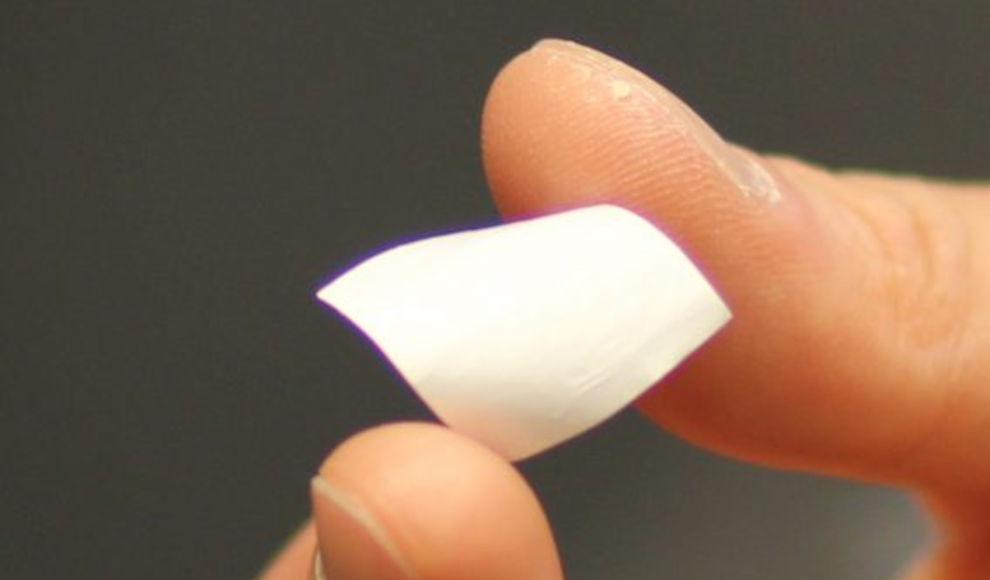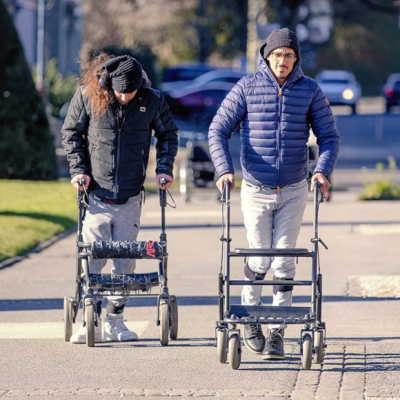A new breakthrough in the treatment of osteoarthritis has been discovered by scientists at the University of Connecticut. Osteoarthritis is a chronic joint disease that causes inflammation and the breakdown of cartilage, leading to bone-on-bone rubbing and chronic pain. While current treatments can alleviate symptoms and slow down cartilage loss, there is no cure for the disease. The only available therapy involves replacing the damaged cartilage with healthy cartilage from another part of the body, which can cause further injury. Attempts to regrow cartilage in the damaged joint have also been unsuccessful, as the regenerated cartilage lacks the stability of natural cartilage.
However, the University of Connecticut researchers have developed a new method for targeted cartilage regrowth. The team used electrical signals instead of chemical growth factors, as studies have shown that cartilage responds to electrical stimulation and that electric fields promote tissue regeneration. The researchers created a scaffold of nanofibers made from a biodegradable polymer called poly-L-lactic acid, which generates an electrical voltage when mechanically loaded due to its piezoelectric properties. In an experiment, the nanofiber scaffold was able to grow new cartilage in a cell culture. The researchers then tested the method on rabbits with severe cartilage damage similar to that seen in humans with osteoarthritis.
After a four-week recovery period, half of the rabbits in each of three groups underwent a training program on a treadmill. The first group had the piezoelectric nanofiber scaffold implanted, which generated a weak electric field when compressed and stretched during exercise. The second group had a similar nanofiber scaffold implanted without piezoelectric properties, and the third group had no implant. After one to two months, the researchers examined the condition of the rabbits’ cartilage. The rabbits with the piezoelectric implant and training had almost fully regenerated cartilage, regardless of whether they trained for one or two months. The rabbits without the implant or training had much poorer cartilage regeneration.
Piezoelectricity is a phenomenon that exists in the human body, and the researchers believe that their approach to cartilage healing is highly clinically applicable. However, before clinical trials can be conducted on humans, further animal studies are needed to address open questions. These studies should involve animals that are closer in weight and size to humans and should observe the animals for at least a year to ensure that the regenerated cartilage has sufficient durability.








